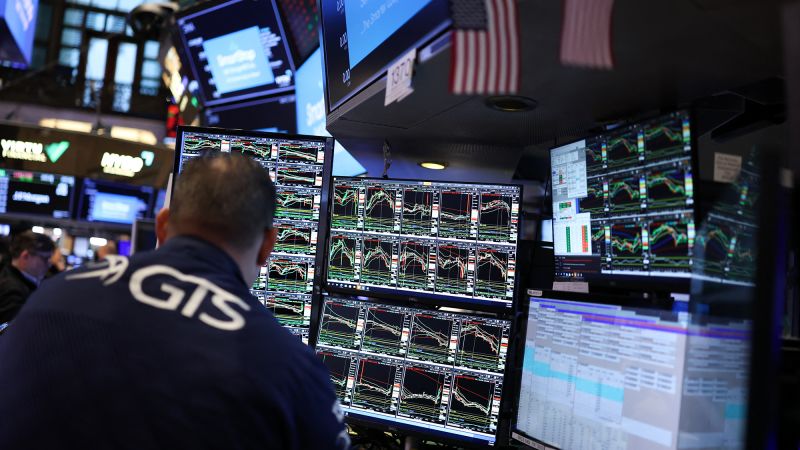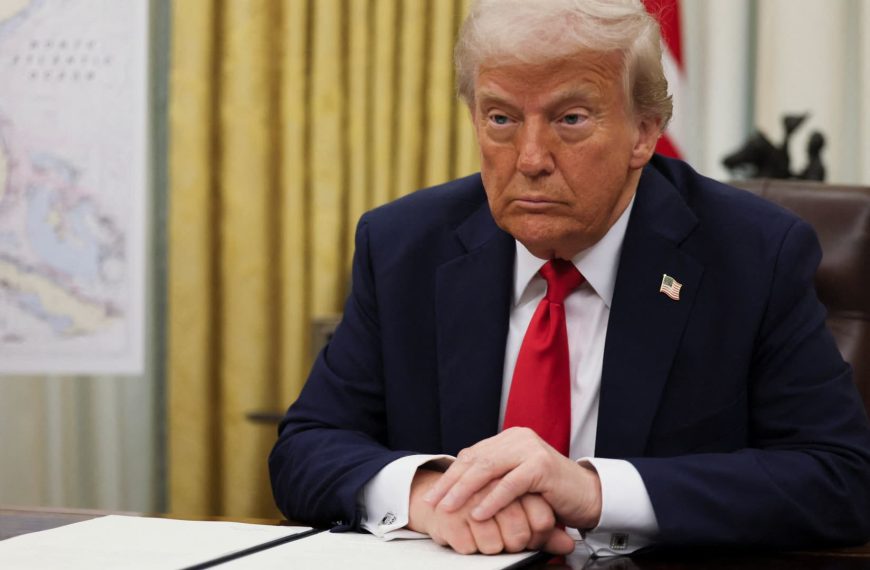Mixed Market Sentiment in Asia-Pacific Amid U.S. Tariff Threats
As global markets react to escalating trade tensions, Friday saw a varied performance across Asia-Pacific indices. This follows a significant downturn in U.S. stocks, triggered by President Donald Trump’s latest tariff announcements. Investors are on edge as Trump’s administration prepares to implement new tariffs, raising concerns about the future of international trade.
U.S. Tariff Plans Create Market Volatility
In a bold move, President Trump has proposed imposing a staggering 200% tariff on all alcoholic products imported from the European Union. This threat comes in retaliation for the EU’s existing 50% tariff on American whiskey. Trump remains resolute in his plans, indicating no intention to revise the broader tariffs set to take effect on April 2.
- Key points from Trump’s tariff plans:
- 200% tariffs on EU alcoholic imports
- 50% EU tariffs on U.S. whiskey
- Broader tariffs scheduled for April 2
Australian Markets Show Slight Gains
Starting the trading day on a positive note, Australia’s S&P/ASX 200 rose by 0.41%, attempting to recover from previous losses. In contrast, Japan’s Nikkei 225 opened flat, showing little movement, while the broader Topix index mirrored this trend.
South Korea’s Mixed Performance
In South Korea, the Kospi index remained steady, whereas the smaller Kosdaq index experienced a modest increase of 0.61% during early trading. This reflects a cautious sentiment among investors as they navigate the uncertain global landscape.
Hong Kong Futures Point to Positive Outlook
Futures for Hong Kong’s Hang Seng index indicated a slight uptick, setting the stage for a potentially stronger opening at 23,793, following its previous close of 23,462.65.
U.S. Markets Experience Significant Losses
Overnight, U.S. stocks faced a downward spiral, largely attributed to Trump’s aggressive tariff strategies. The S&P 500 plummeted by 1.39%, closing at 5,521.52 and entering correction territory, now 10.1% below its record high. The Dow Jones Industrial Average fell by 537.36 points (1.3%), marking its fourth consecutive day of declines at 40,813.57. Meanwhile, the Nasdaq Composite lost 1.96%, with key players like Tesla and Apple seeing declines.
This chaotic implementation of U.S. trade policies has left investors anxious, with the S&P 500 and Nasdaq poised for weekly losses of 4.3% and 4.9%, respectively. The Dow is also anticipated to finish the week down approximately 4.7%, marking its most significant downturn since June 2022.
In summary, as trade tensions escalate between the U.S. and EU, market reactions reflect the uncertainty surrounding future tariffs and their implications for global commerce. Investors are advised to stay informed as these developments unfold.











